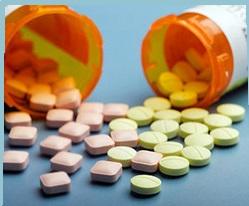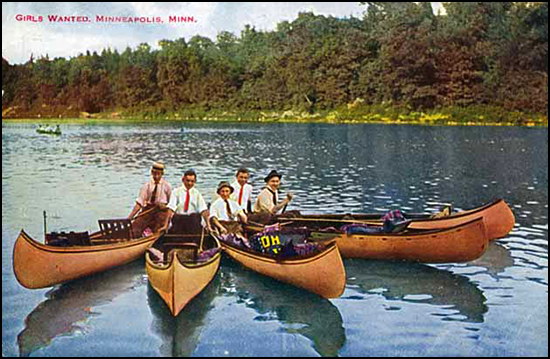DOPING IN SPORT
 Doping is a special medication used by athletes to forcibly improve the performance of the body during competitive activity or during the training process. The nature of a particular doping affects the sport for which it is intended. In general, the pharmacological effects of these drugs may be completely opposite. As a rule, the appointment of doping occurs in a course, but often there are cases of a single use. It all depends on the tasks, as well as the mechanism of action of a particular drug substance.
Doping is a special medication used by athletes to forcibly improve the performance of the body during competitive activity or during the training process. The nature of a particular doping affects the sport for which it is intended. In general, the pharmacological effects of these drugs may be completely opposite. As a rule, the appointment of doping occurs in a course, but often there are cases of a single use. It all depends on the tasks, as well as the mechanism of action of a particular drug substance.
If you look at the publications of the IOC, then we can conclude that doping is almost freely used in all countries. What are the reasons for such indiscriminate use, a kind of narcotic drugs? It’s all about prizes, fame and money. Mercantile interests of coaches and athletes gradually grow and organizations, cities and whole countries fall ill. About how to properly use dope, written hundreds, and even thousands of books. But it is rarely mentioned where the use of these drugs adversely affects the health of the athlete.
Due to a number of cases involving the use of doping athletes, which have been fatal, the IC of the IOC was forced to prohibit the use of a number of certain pharmacological drugs, both in training and in competition.
As for the definition of the term “doping”, there is still no consensus on what to consider it. And this is important because the use of doping by athletes can cause certain sanctions and appeals. An exemplary definition reads as follows: “Doping is a biologically active substance, a method and method of artificially or forcibly increasing sports performance, which have side effects of various kinds on the body.” Thus, for example, blood doping is not a drug. What he really is? Normal blood that was taken from an athlete and processed by special methods earlier, then before the competition, introduced back into the athlete’s body to increase the total number, plus oxygen transport function together with non-specific stimulation occurring due to the breakdown of red and white blood cells.
So, where did the history of doping begin in sports? The history of doping in sports originates from the time when there were no anabolic steroids. The first documented case of doping was registered in 1865, it was then that special stimulants were used by swimmers from Holland. After the good results of the Dutch in each country, athletes from all disciplines began to try to use these drugs. The first Olympic Games, which took place in 1896, also became a place where doping additives such as codeine and strychnine were successfully used. At the Olympics in 1904, literally from the next world got the marathon runner Thomas Hicks, who poured a mixture of brandy, codeine and strychnine into his body. But all this was, as they say, pampering, the real era of doping began in 1935, when synthetic testosterone was created. It is believed that Nazi Germany is indebted for its victories at the Olympics in 1936 to this very preparation. It all happened again when at the Olympics in 1952, Soviet athletes showed incredible results. The Americans did not expect such humiliation from their main enemy at that time and also decided to take up the development of androgynous drugs. And you know, they did it. However, testosterone did not suit all athletes, especially sportswomen.
The fact is that this drug had strong side effects, which in some cases were unacceptable. For example, athletes began to develop secondary male sexual characteristics. Something had to be done, and on the agenda was the question of developing new doping agents. Drugs such as nandrolone, norethandrolone, oxandrolone, oxymetholone, and methandrostelone have been created. The latest drug has gained tremendous popularity. Athletes in many countries began to use this dope almost every day. But it was only flowers. It all started in 1968. In general, the Olympics in 1968 was the most doping in history. It doesn’t matter that in 1967 the Anti-Doping Committee was established, headed by Prince Alexander de Merood – the necessary equipment to determine the exact location of certain drugs in the urine or blood was not there anyway. Needed money. And who do you think provided the funds? The answer is simple – the United States. The question may arise – “why?”. The fact is that the Americans had a device that could detect the presence in the urine of the athlete methandrostenol. And many Soviet national teams trained on this drug, when the Americans themselves had already switched to stanozol, an anabolic steroid unknown at that time to the world.




